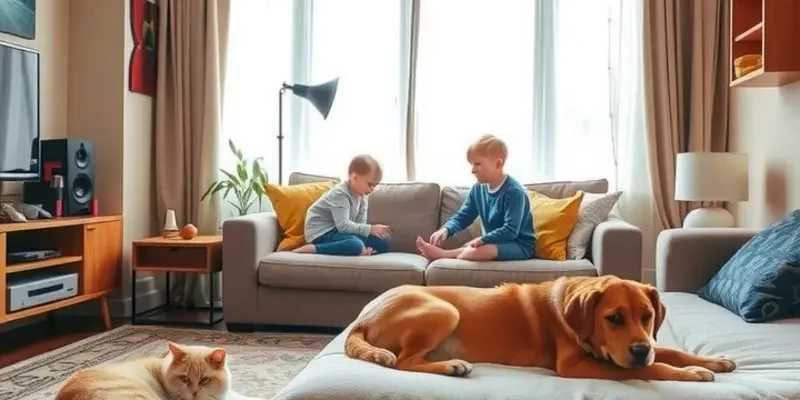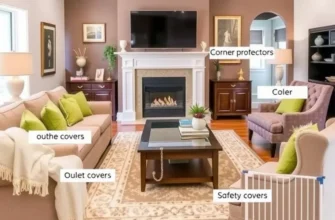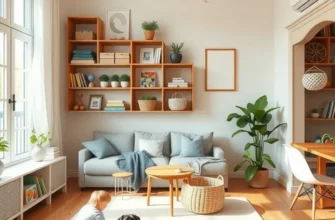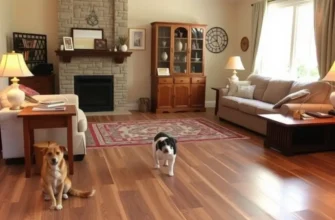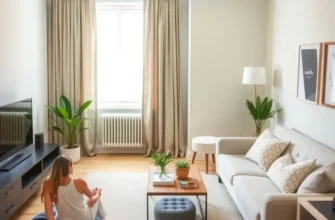Living in an apartment with pets brings joy, but it can also lead to noise challenges—especially with curious little ones around. Whether you’re a family with kids, pet owners, couples, or renters, finding ways to keep everyone comfortable is key. Noise from barking dogs, playful kittens, or even active toddlers can disturb neighbors, cause stress, and affect daily routines. Yet, with thoughtful strategies, you can create a harmonious living environment that respects both your furry friends and the people around you. In this guide, we’ll explore effective techniques for managing pet noise. You’ll discover simple, actionable steps that ensure your home remains a joyful haven, conducive to relaxation and interaction for all. So, let’s dive into these tips to keep the peace while fully embracing the love that pets and children bring.
Creating a Calm Space for Your Pets
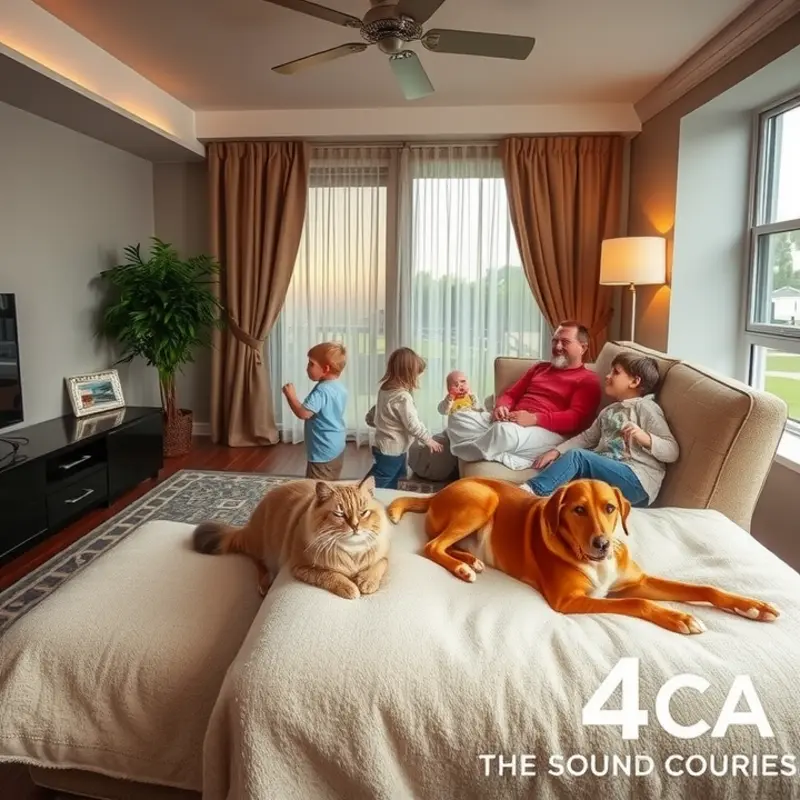
Transforming your apartment into a serene sanctuary for your pets can significantly reduce noise. The first step is understanding what triggers the sounds: stimulation levels, environmental factors, or simply boredom. By designing a thoughtful, engaging environment, you can minimize these stressors.
Soundproofing Techniques
Start by implementing soundproofing methods that are gentle on your wallet and lease-friendly. Consider adding thick, heavy curtains to windows and doors. This simple addition can absorb noise from outside, which might unsettle your pets. Similarly, investing in area rugs or carpets does double duty—softening footfalls to muffle sound and acting as a barrier against echoes.
For those with more flexibility, acoustic panels can be a versatile solution. Easily attached with removable adhesives, these panels dampen noise and keep your pets from reacting to every sound from the hallway or other apartments. This small step can drastically reduce barking or anxious meowing.
Ideal Room Arrangements
Strategically arranging your apartment can also play a critical role. Dedicate specific spaces as ‘quiet zones’ by choosing a room farthest from the front door, away from main noise sources. Consider setting up a cozy corner with blankets, pillows, and pet beds. This area becomes a safe retreat for your animal companions during noisy TV shows or when guests visit.
Maintain a clutter-free environment—clutter can increase anxiety for pets. A minimalistic area helps pets to relax more easily. In homes with children, teach them the importance of maintaining order in these spaces, promoting tranquility for both pets and humans.
Choosing Calming Elements
Incorporate pet-friendly elements that promote relaxation. Calming colors, like soft blues or greens, can create an environment conducive to tranquility. Consider painting an accent wall or using decorative elements in these shades to enhance ambiance. Adding plants, such as lavender or chamomile, can have a soothing effect. However, always verify plant safety for pets to avoid any accidental harm.
Incorporate white noise machines. These devices emit soothing soundscapes that can drown out disruptive noise. Alternatively, soft background music can have a calming effect on pets, especially when you’re away. Choose tracks that feature natural sounds like rain or bird songs.
For more insights on creating soothing and functional home spaces, check out apartment solitude tips.
Customizing your home to be a relaxing haven helps hush the paws and keeps your space peaceful. Balancing practical soundproofing with mindful arrangements creates a harmonious living environment that benefits everyone, furry friends included.
Establishing Training Routines for Sound Management
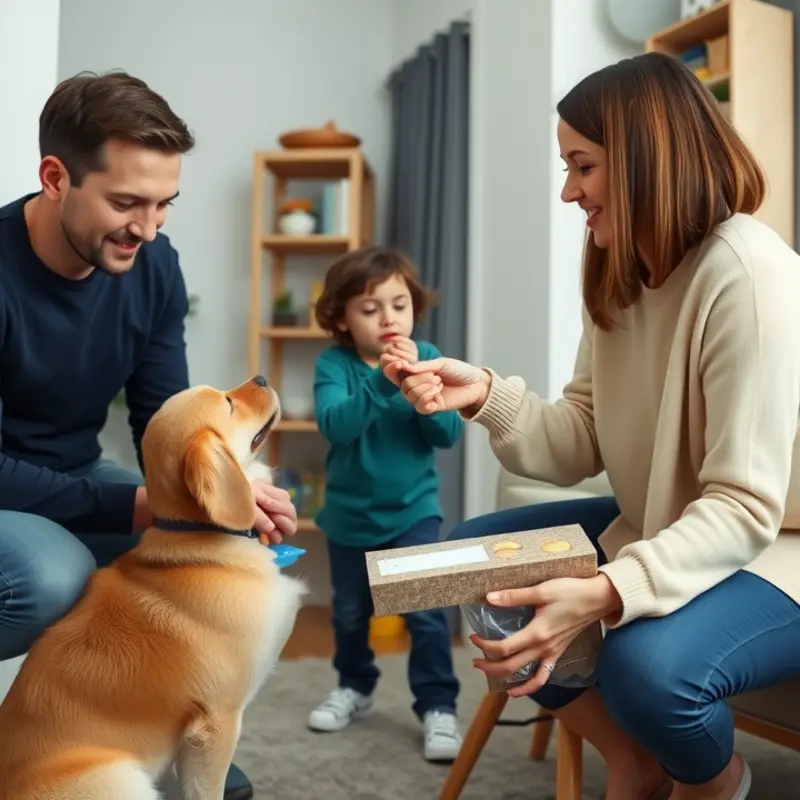
Creating a peaceful apartment environment where pets and kids coexist requires effort, especially when minimizing noise. The first step in sound management is understanding that training involves all family members, including children, in a consistent routine.
Begin with Boundaries: Start by teaching pets the limits of their play areas within the apartment. Use visual cues like mats or light barriers to demarcate these areas. When pets understand where they are allowed to be loud, half the battle of sound management is won. Involve kids in this process by having them assist with placing boundaries and offering rewards when pets respect them.
Command Consistency: Consistency in commands can make a significant difference. Decide as a family on the words and phrases you will use to signal quiet time or correct louder behaviors. Simple commands like “quiet,” “enough,” or “down” can work well. Engage children in this process by explaining the importance of using the exact phrasing every time to avoid confusing the pet.
Reward System: Positive reinforcement goes a long way. Whenever pets adhere to the desired noise levels, reward them promptly. Rewards can include treats, praise, or play. Kids thrive on helping with this and can manage a sticker chart as a visual representation of the pet’s progress, making it a fun family activity.
Exercise and Energy: Noise issues often arise from excess energy. Ensure that pets have adequate exercise. A good play session or a brisk walk can release pent-up energy that might otherwise translate into loud play or barking indoors. The same goes for kids—playtime outside the apartment can help maintain a more serene indoor environment. Consider exploring apartments near parks that provide ample exercise space close by. Apartments near parks can offer a natural advantage in managing this need.
Introduce Quiet Toys: If noise tends to be a problem, limit toys that cause excessive sound. Replace them with quieter alternatives. Soft toys or puzzles can engage pets intellectually without the ruckus. Encourage children to help choose and introduce these toys, framing them as an upgrade rather than a restriction.
Routine Establishment: Establish designated “quiet times,” especially during high-need times such as early mornings or late nights. Pets can learn to expect these quiet periods if they are consistent day-to-day. Activities like feeding, napping, or interactive quiet play can replace noisy habits during these periods.
Creating an atmosphere where pets feel secure and less inclined to make noise means fewer stressors for everyone. Training sessions integrated into your daily life will encourage pets to adopt quieter behaviors naturally. By involving all family members in the process and allotting responsibilities, the task turns from a challenge into an opportunity for bonding and cooperation.
Final words
Creating a peaceful environment in an apartment that accommodates both pets and children requires proactive efforts, but it is entirely achievable. By designing your home thoughtfully, implementing soundproofing techniques, and establishing training routines, you can keep your living space happy and harmonious. Remember, it’s all about balance—ensuring your furry family members feel secure and engaged while also respecting the comfort of those around you. Embrace the joy pets and children bring while fostering an atmosphere that welcomes tranquility and connection.

